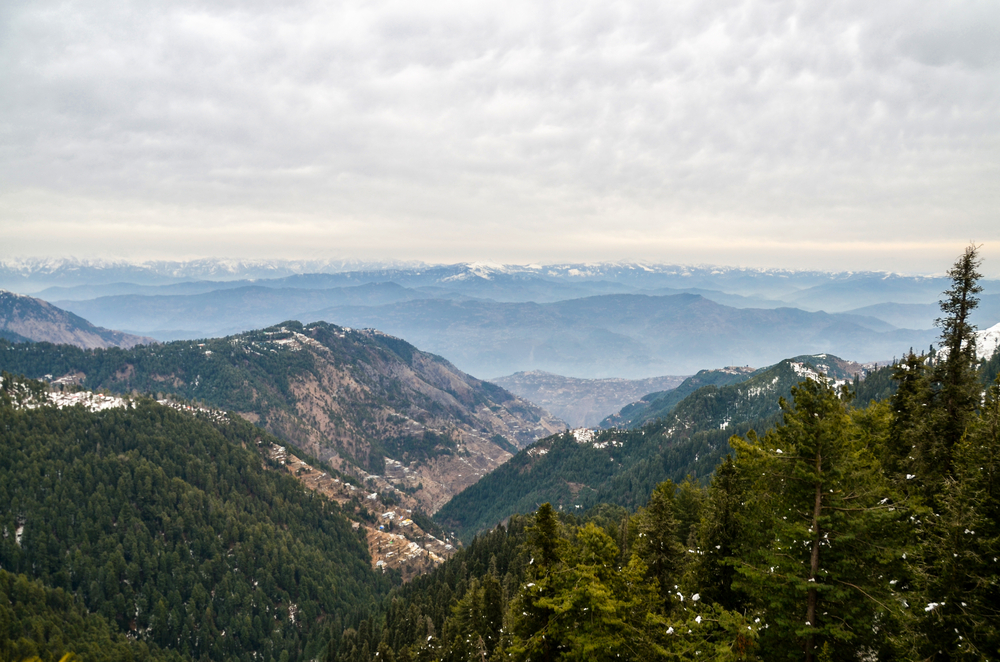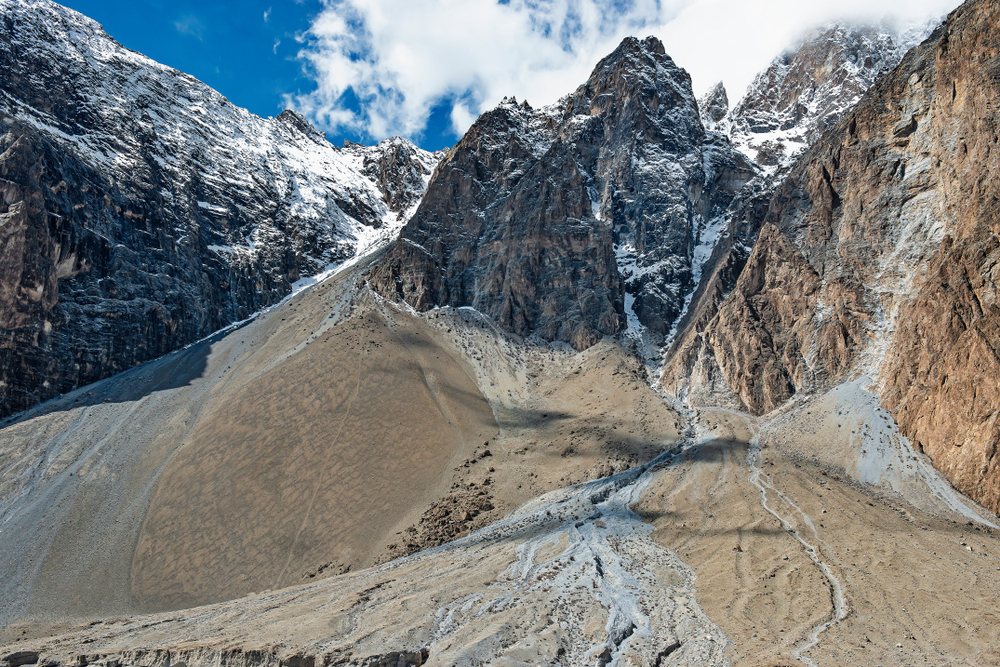Chinji Overview
Chinji National Park is a protected area located in Talagang Tehsil, Chakwal District, Punjab, Pakistan. Covering approximately 60.95 square kilometers (23.53 square miles), the park lies within the Salt Range, about 130 kilometers south of Islamabad.
Established in 1987, it serves as an important natural reserve, showcasing unique land formations and a diverse ecosystem that supports a variety of plant and animal species. The park’s location places it in a semi-arid environment, where the climate plays a significant role in shaping its landscape and vegetation.
The terrain of the park is deeply eroded, consisting of sandstone and igneous rock formations. There are also small deposits of rock salt scattered throughout the area, remnants of the region’s geological history. The land is shaped by deep torrential streams and ravines, which gradually slope toward the Soan River as it carves through the park.
These features create a striking and rugged landscape, with rolling hills and sharp ridges contrasting with patches of greenery. The vegetation is characterized by subtropical plant life, including species that have adapted to the dry and often rocky terrain. The flora includes a mix of shrubs, grasses, and scattered trees, which provide cover and food sources for various wildlife species.
Chinji National Park is home to a wide range of animal species, making it a valuable site for biodiversity conservation. Some of the most notable mammals include the Punjab urial, a wild sheep species known for its distinctive curled horns, as well as the golden jackal, Bengal fox, and Indian wolf.
The Indian pangolin, a rare and endangered species, can also be found within the park’s boundaries. The bird population is equally diverse, with species such as the grey francolin and common wood pigeon commonly seen. The park’s mixture of open spaces, rocky outcrops, and pockets of vegetation create an ideal habitat for these animals, allowing them to thrive in an environment that remains relatively undisturbed.
Visitors to Chinji National Park can experience its natural beauty in several ways. Hiking is a popular activity, as the park’s varied terrain offers numerous trails that wind through its landscapes. Birdwatching is another favorite pastime, with opportunities to observe both resident and migratory species in their natural habitat.
Wildlife photography is also a major draw, as the park’s rugged scenery and abundant wildlife provide ample chances for capturing stunning images. For those who simply wish to enjoy the tranquility of nature, the park’s scenic views and peaceful atmosphere offer a perfect retreat from the hustle of urban life.
Conservation efforts in Chinji National Park focus on preserving its unique ecosystem while addressing challenges such as habitat degradation and human activity. One of the primary threats to the park’s biodiversity is livestock grazing, which can lead to the depletion of vegetation and disrupt local wildlife.
Firewood collection and potential poaching are additional concerns, requiring ongoing management and enforcement measures. Conservation initiatives involve working with local communities to promote sustainable practices and habitat restoration.
The implementation of strict wildlife protection laws has helped curb illegal activities and maintain the park’s ecological balance. These efforts are crucial for ensuring that the park remains a sanctuary for its diverse wildlife and plant species.
Chinji National Park stands as a vital natural refuge, offering a glimpse into the rich biodiversity and striking landscapes of the Salt Range region. With its rugged beauty, diverse wildlife, and commitment to conservation, it remains a significant destination for nature lovers and environmental enthusiasts.
As efforts continue to preserve its fragile ecosystem, the park serves as a reminder of the importance of protecting natural habitats for future generations.













































































